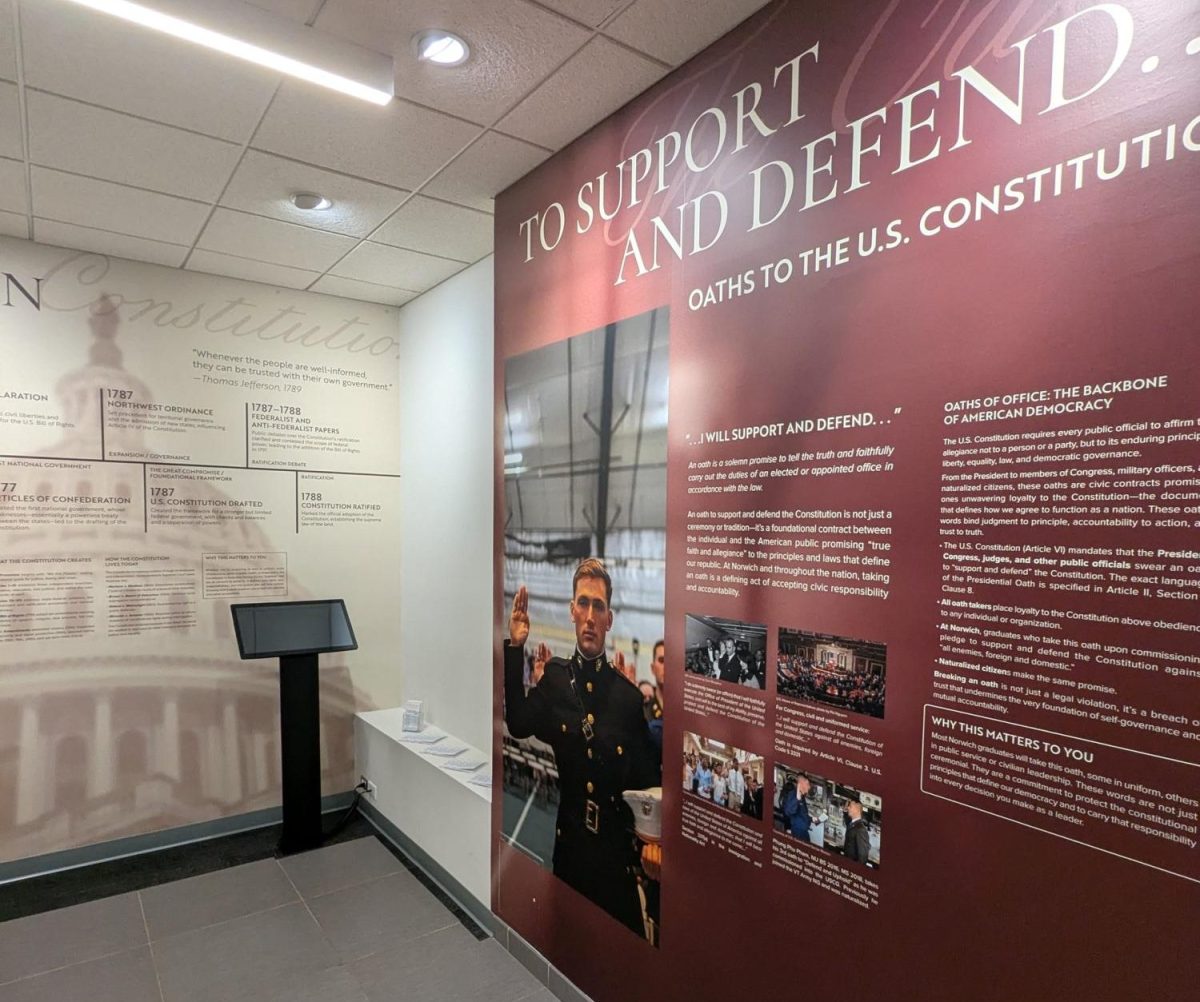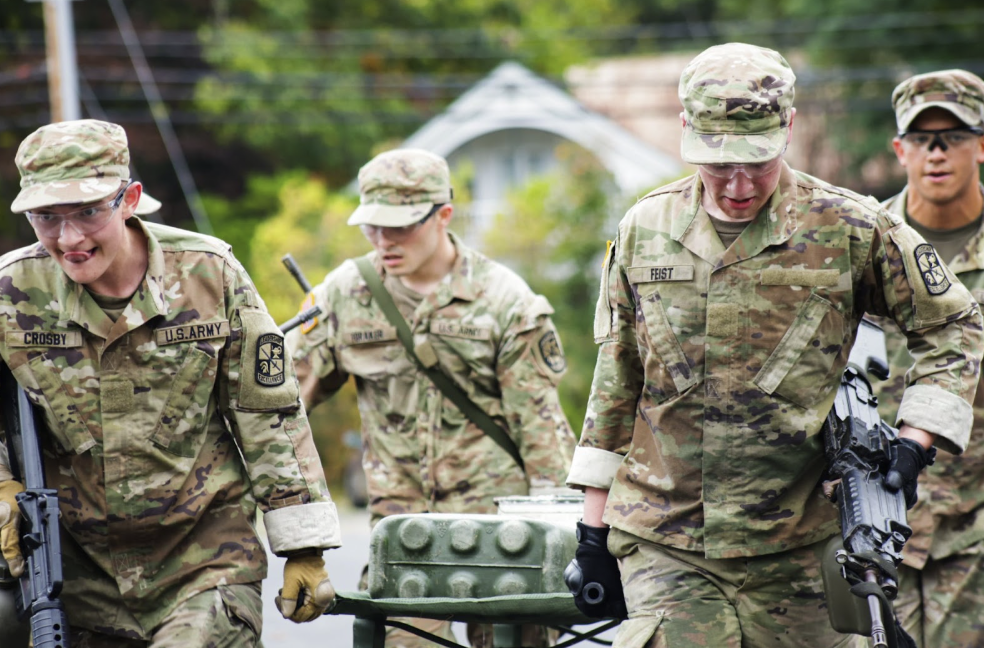Norwich University plans to tear down and replace the Communications Building with a new Cyber Fusion Center in 2024, aiming to enhance its cybersecurity program.
“I think that the new Cyber Fusion Center will bring more people into the space, who will be able to see what we are doing, said Amy Woodbury Tease, associate professor of English and chair of the Department of Global Humanities. “And perhaps attract new students to the Communications program.”
The upcoming Cyber Fusion Center is expected to be a state-of-the-art facility featuring classrooms, faculty offices, lounges and a media lab open to all students, according to Woodbury Tease.
Adding this facilty to the existing Mack Hall, the university seeks to create a hub for innovation and learning that will cater to current and future cybersecurity challenges.
The Cyber Fusion Center, scheduled for groundbreaking in November 2024, pending federal and state approvals, will be a two-floor academic hall dedicated to cybersecurity studies.
Bizhan Yahyazadeh, vice president of Facilities, said the school doesn’t have any construction designs yet.
The university plans to hold open sessions to involve the community in the design process, though these have yet to start. The construction phase is expected to last 14 months, with student access to the new facilities anticipated by 2026.
Construction will cost $12 million. Funding for this ambitious project comes from a federal grant secured by Senator Patrick Leahy.
However, this move has raised concerns about the displacement of the WNUB radio station, The Guidon student newspaper office, and the Media Lab, with their future locations still undecided.
Ted Kohn, dean of the College of Arts and Science, notes that decisions on relocating these facilities are pending, with possible temporary housing of the Media Lab in Chaplin Hall, Mack Hall, or the U-Building.
The decision to demolish the Communications Building, one of the oldest Town Halls in the New England Area, to make way for the Cyber Fusion Center, remains questionable.
“No one knows what is going on with the Communications Building; I didn’t know about it myself,” said Tom Davis, the Northfield economic development director, indicating a lack of widespread communication about the project.
Prior to serving as the communications building, the old town hall served as a grocery store, dealership, and garage, among other roles, Yahyazadeh said.
“There is nothing in that building from the original Town Hall,” he explained.
Davis, however, said that is besides the point.
“Even when nothing original is left, in 99 percent of cases, such buildings still have historical value.”
Norwich University officials remain positive about this change and new possibilities.
“I think this new building will bring new people to us,” Woodbury Tease said. “Right now, we are isolated over there because it is not a well-trafficked area.”




























